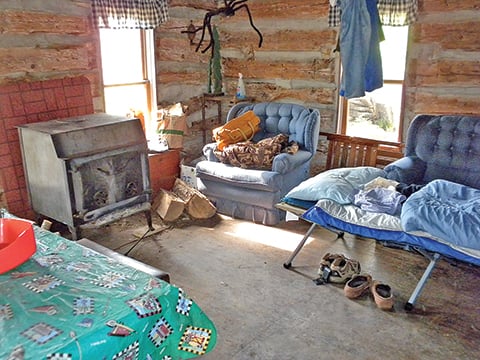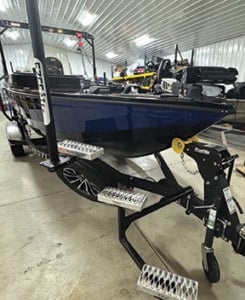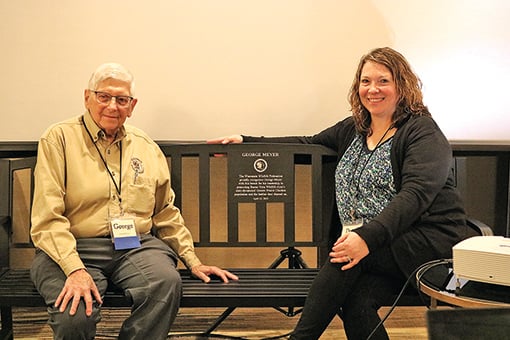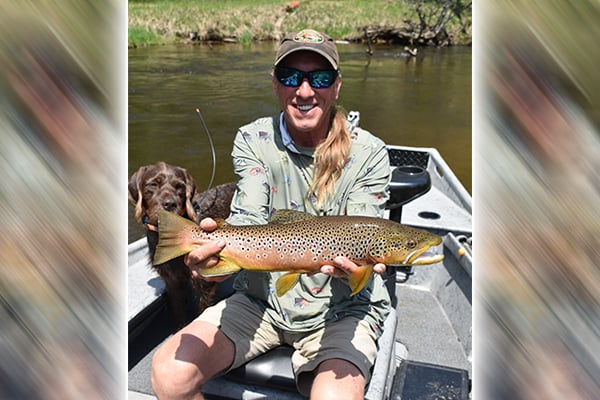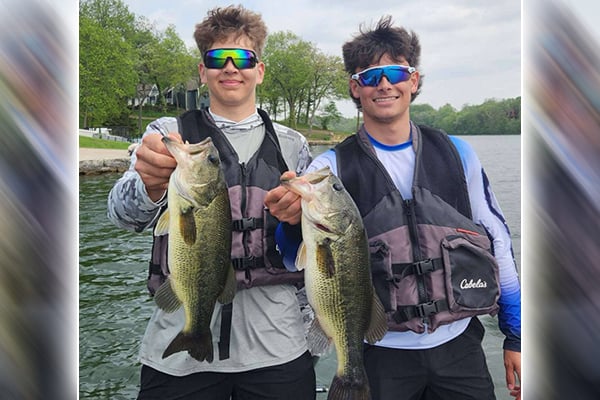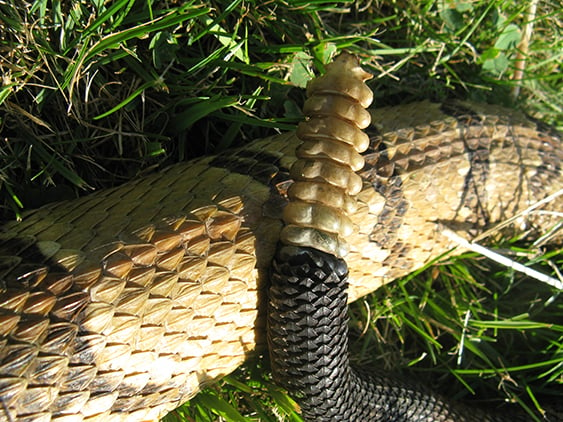DNR to begin capturing and collaring elk for research project in northwest Minnesota – Outdoor News
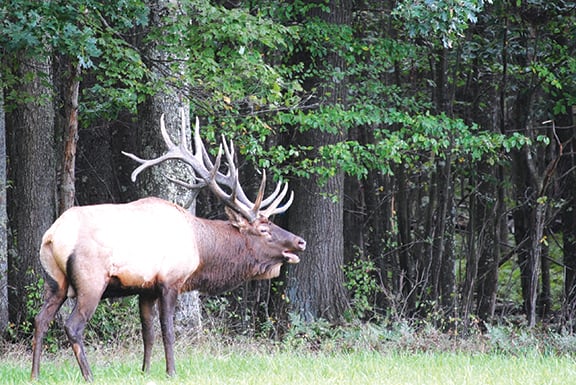
Research biologists from the Minnesota Department of Natural Resources and University of Minnesota-Twin Cities will begin capturing and collaring elk for an in-depth elk research project in northwest Minnesota beginning early March 2025.
The research will allow managers to better understand the state’s elk population. This enhanced understanding is important for efforts to maintain and strengthen the resiliency of the elk population and will inform managers’ consideration of the potential for future growth of the elk herds.
The study builds upon the results from the first-ever research on the northwest elk herds conducted from 2016 to 2018. While the results from prior research provided an understanding of adult female (cow) elk home range size and habitat use, current information is lacking on reproductive rates and survival, as well as movements of bulls, which were not included in the first study.
Additionally, this work will help managers understand herd dynamics, an important consideration given the small sizes of these populations.
“Our overarching goal is to continue to improve our understanding of elk movements and survival to better manage Minnesota’s elk population,” said Amanda McGraw, DNR deer, moose and elk scientist. “The additional data will provide more in-depth information on population health, pregnancy and survival rates, specific movement information on both bulls and cows, and insight into alternative population estimation methods.”
MORE COVERAGE FROM MINNESOTA OUTDOOR NEWS:
Minnesota DNR proposes bear permit area boundary revisions; public invited to comment
Gray wolf shot in southeastern Minnesota’s Fillmore County
LCCMR projects bill clears committee in Minnesota; and more lines for walleye stamp buyers
Researchers plan to capture and collar 25 adult cows and up to 15 adult bulls per year beginning early March 2025, and again in 2026. The number of animals the DNR intends to capture will provide high confidence in the robust analyses necessary to answer various research questions.
Elk will be captured via helicopter and fitted with GPS collars that will collect their locations every three hours and alert researchers of a potential mortality event. Biological samples will also be collected to assess herd health information. The capture effort is expected to take about a week.
A vaginal implant transmitter will be implanted in cows that are pregnant. The transmitter alerts researchers to when a cow gives birth, allowing them to quickly locate newborn calves. Up to 25 calves each spring will be fitted with a GPS collar to monitor their survival and assess what habitat types they are using.
Funding for the 2025-2027 elk research project comes from the Minnesota Environment and Natural Resources Trust Fund as recommended by the Legislative-Citizen Commission on Minnesota Resources and approved by the Minnesota Legislature. The DNR is also providing in-kind support.
More information on elk research and management in Minnesota or how to sign up for the DNR Elk Notes quarterly newsletter is available at the DNR elk management webpage.


